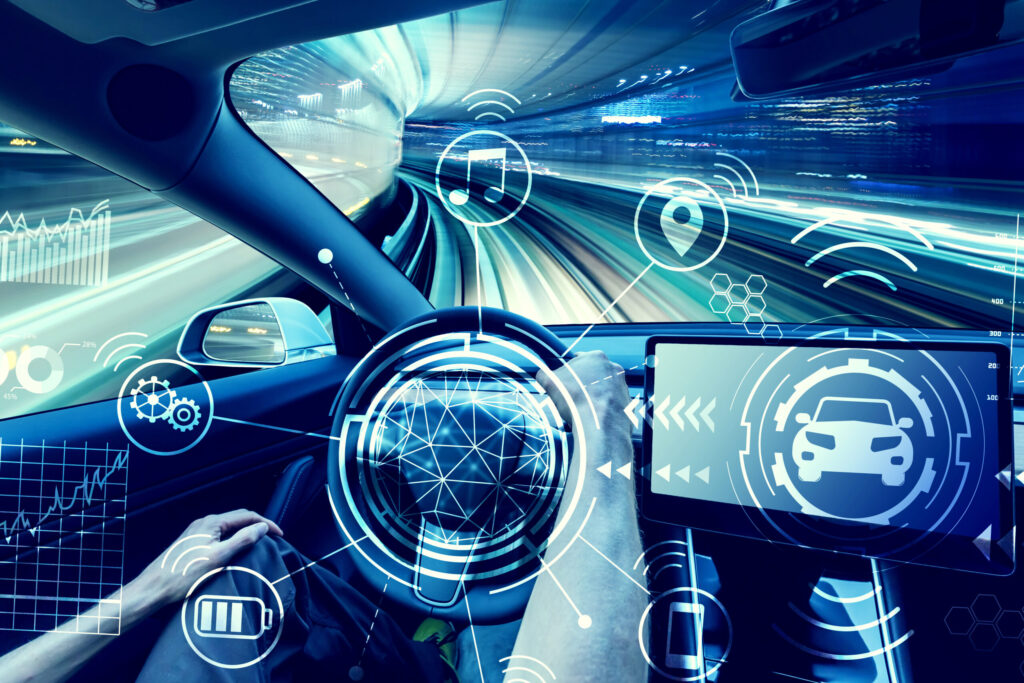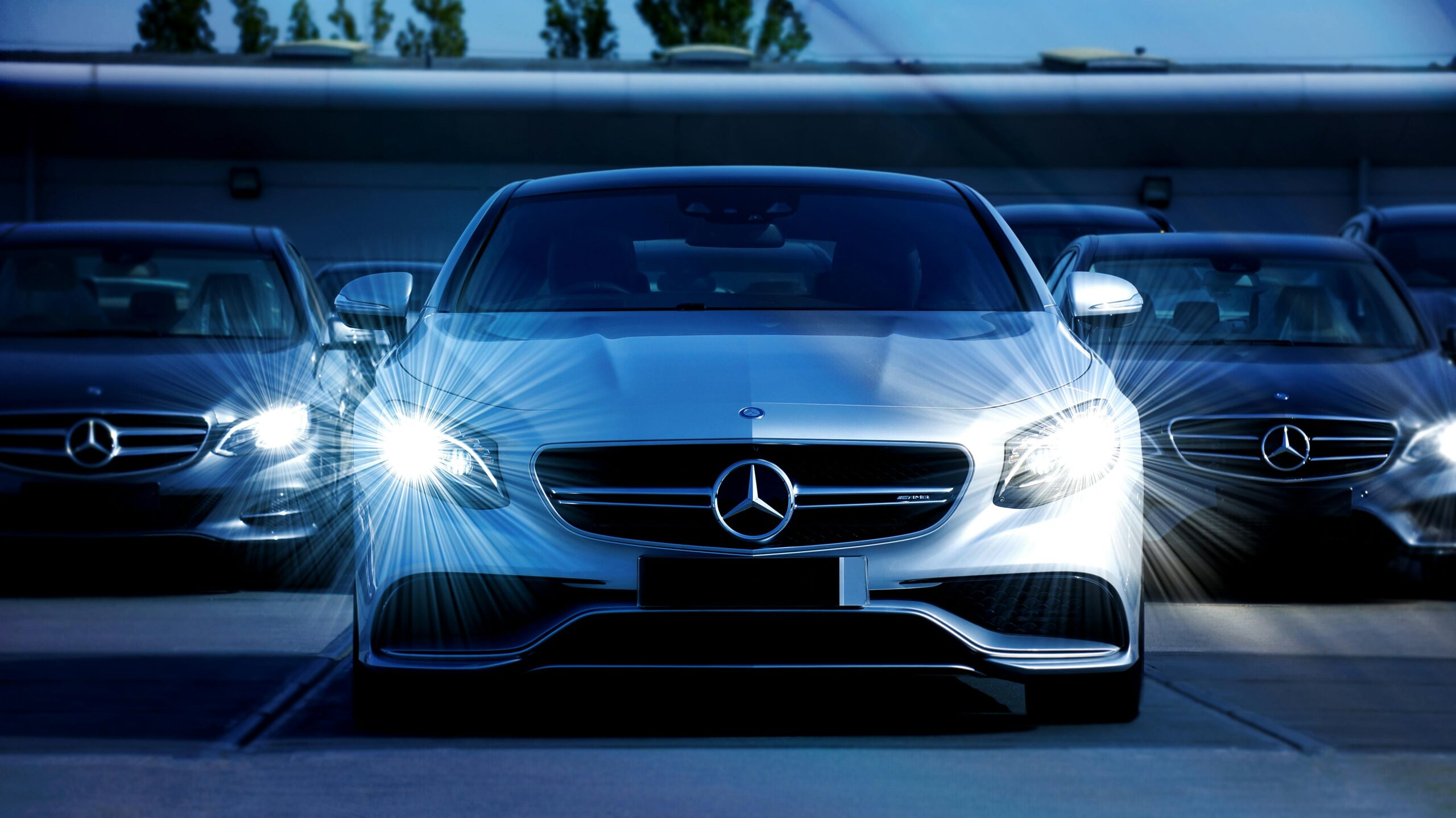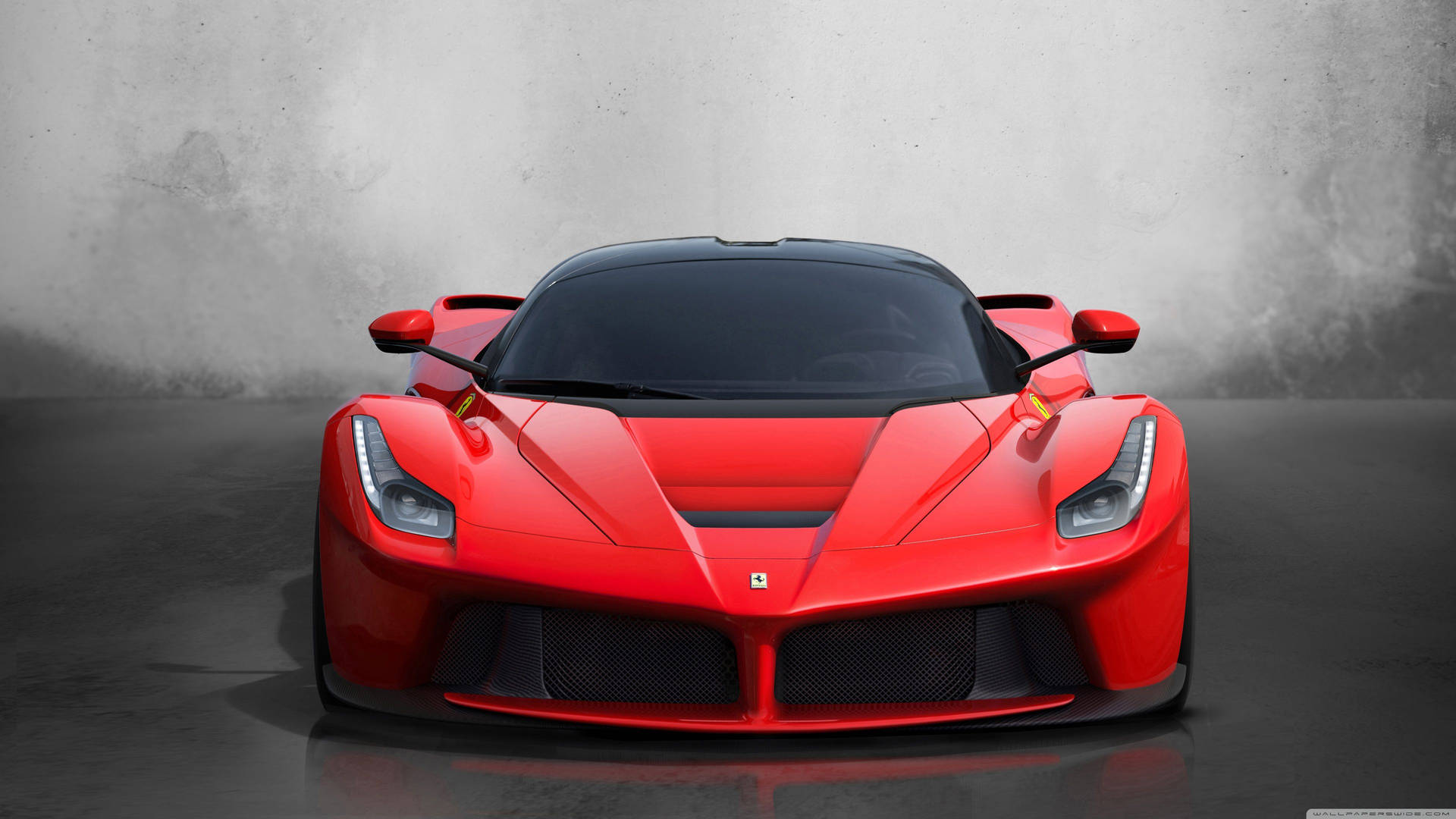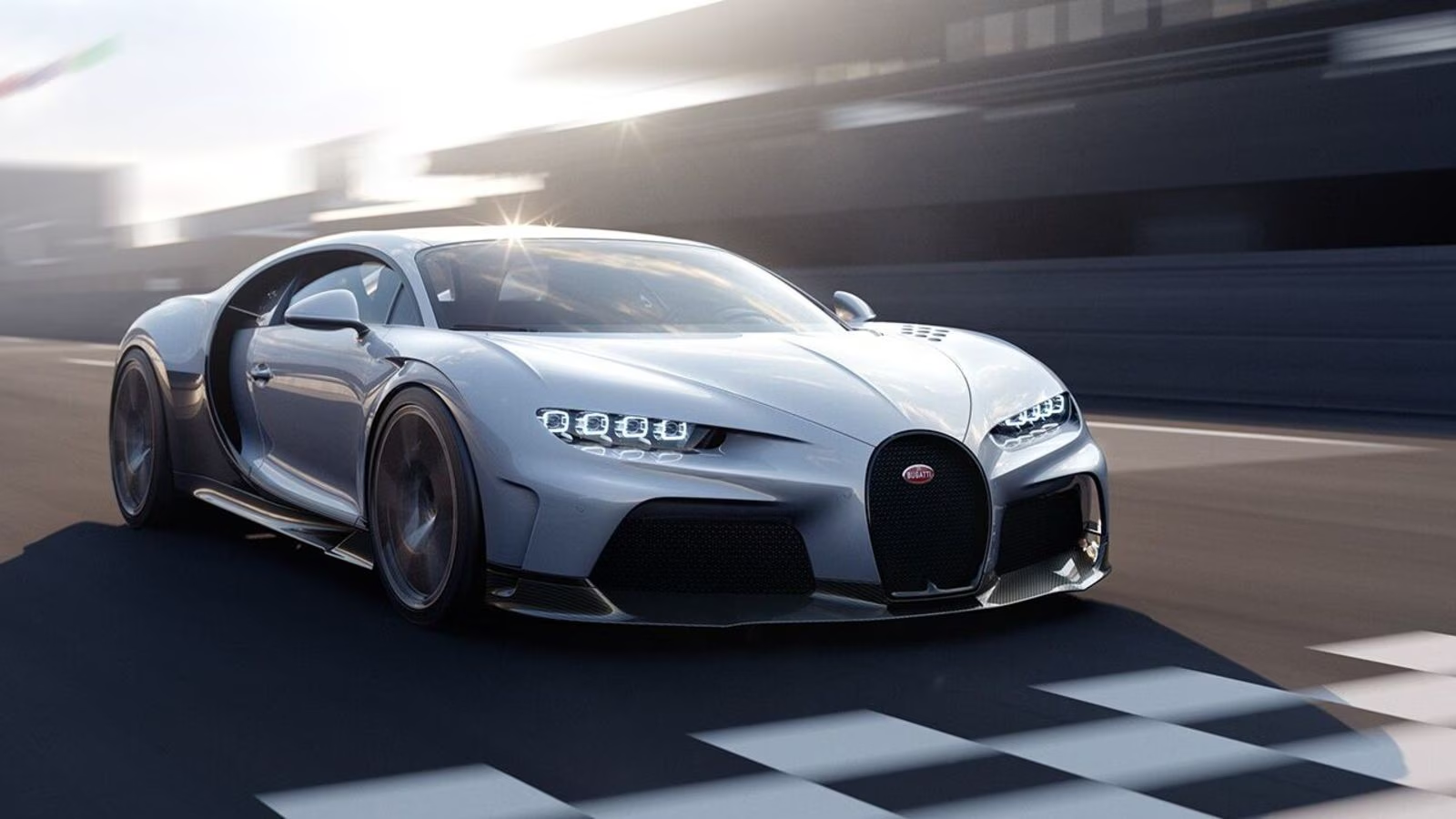Cars are more than machines. Cars stand for freedom, innovation, and human desire to stretch the boundary. For decades, the automobile industry has revolutionized transportation, redrafted economies, and molded cultures. In this blog, the world of Everlasting cars is journeyed through history, technology, cultural influence, and what lies in the future of mobility.
A Brief History of Cars
Auto invention. This goes way back to late 19th century. Karl Benz had in the year 1885 manufactured an internal combustion-engined car-the Benz Patent Motorwagen, or as suitably entitled by historians: the mother of all modern cars-which also turned out to have three wheels only. Thereafter, soon, other constructors also joined their fellow inventors and made inventors such as Henry Ford create mass production so that the automotive product reached almost all the levels of the American middle class and above.
It is the Ford Model T, launched in 1908, which signifies accessible mobility.
In this world, the automobile market matured by mid-20th century with European, USA, and even Japanese automobile manufacturers, who had been constantly competing with each other as to who should surpass in innovating techniques and domination.
Every ten years, each decade manifests style and technological break through by which it will be known or branded, from 1930 the art deco influence on automobiles to the 1960 muscle car, the 1980 compacts for its fuel efficiency
Automobile Technology
Modern automobiles are indeed feats of engineering prowess, and they can offer fantastic performance, safety, and comfort. Some important developments include the following:
Engine Technology: The art of designing powertrains-from carburetors to fuel injection systems, and now to electric motors-is indeed incredible. Even turbocharging and hybrid technologies can further enhance efficiency and power.
Safety: ABS, airbags, and ADAS have reduced road deaths by several notches. Most cars have become routine with lane-keeping assist, adaptive cruise control, and automatic emergency braking.
Connectivity and Infotainment: Cars have been smartened with infotainment systems, smartphone integrations, and over-the-air upgrades. The vehicle’s in-car GPS navigation with real-time traffic updates and voice controls make the ride fun.
It has become popularized and preferred by Tesla and Nissan and many others, and EVs are those with no tailpipe emissions. Advances in battery technology let the vehicle go longer, faster, and quicker.

The self-driving car is no longer a future dream. Waymo and Tesla are working towards developing autonomous vehicle technology, hoping to make transportation safer and more efficient.
The Cultural Impact of Cars
Cars are an integral part of society. They are not just modes of transportation but symbols of status, freedom, and personal expression.
Pop Culture: Cars have been lead characters in movies and in television. From the DeLorean in Back to the Future to James Bond’s Aston Martin DB5, for many people around the world, it is a car pop culture.
Car Communities: Enthusiasts and aficionados congregate into clubs so they can witness automobile exhibitions and competitions. Old-timer, muscle cars, and customized autos are what attract so many members into the club.
Road Trips: Free on the Open Road
Open road travels define the pinnacle of most quality experiences. In words, song, or film, “freedom” is often typified by the auto.
Road trips have nothing to do with cities. Cities have been designed by the automobile and built on its behalf with superhighways and parking lots or suburban sprawls to accommodate a car-addicted life and lifestyle.
Cars may have captured the people’s imagination. They certainly have changed mobility for good. However, they have also added to a problem in the environment. The internal combustion engine of a car releases greenhouse gases, which contribute to climate change. Urban air pollution has been linked to traffic congestion.
It is happening. Governments are coming up with incentives to adopt electric vehicles and promoting public transportation. Automobile manufacturers are investing in renewable energy solutions and sustainable manufacturing practices that reduce their footprint.

The Future of Cars
The automobile industry is at a crossroads with several trends that shall shape its future:
Electrification: Electrification of the market will be dominated through the development of battery technology, coupled with growth in charging stations.
Autonomy: The face of transportation would change completely with driverless cars, which would reduce accidents or give access to people who do not drive or cannot drive, for example.
Shared Mobility : The ride-sharing and car-sharing platforms are very popular. Uber has self-driving fleets of ride-sharing cars.
Hydrogen Fuel Cells: Not as ubiquitous as EVs, but there’s a nascent zero-emission technology based on hydrogen. There’s the Toyota Mirai, for example, and Hyundai Nexo.
Connected Ecosystems: Car tech will make vehicles even smarter. Then there is this development of vehicle-to-everything, or V2X, communication with vehicles, infrastructure, and other pedestrians.
Iconic Cars That Defined Eras
Some have a history in their very own special ways:
Ford Model T, 1908. The first mass-produced car, bringing motoring to the masses.
Volkswagen Beetle, 1938. Cheap and reliable with an exclusive design all over the world.
Chevrolet Corvette, 1953. The first pure sports car in America strongly representing both high performance and elegance.
Toyota Prius, 1997. The first forerunner of hybrid technology or its eco-friendly precursors.
The full game-changer in electric cars with luxury, range, and performance was Tesla Model S in 2012.

Conclusion
Cars changed the face of our being, jobs, and relationships. They are really a credit to the human brain and a mirror to the reflection of society’s values. With this changing world of automobiles which has been constantly aiming to cope up with the challenges of the 21st century, one thing is sure: cars will always draw and inspire people. Whether it’s new technology, cultural importance, or environmental ingenuity, the journey of an automobile is only just about to begin.


